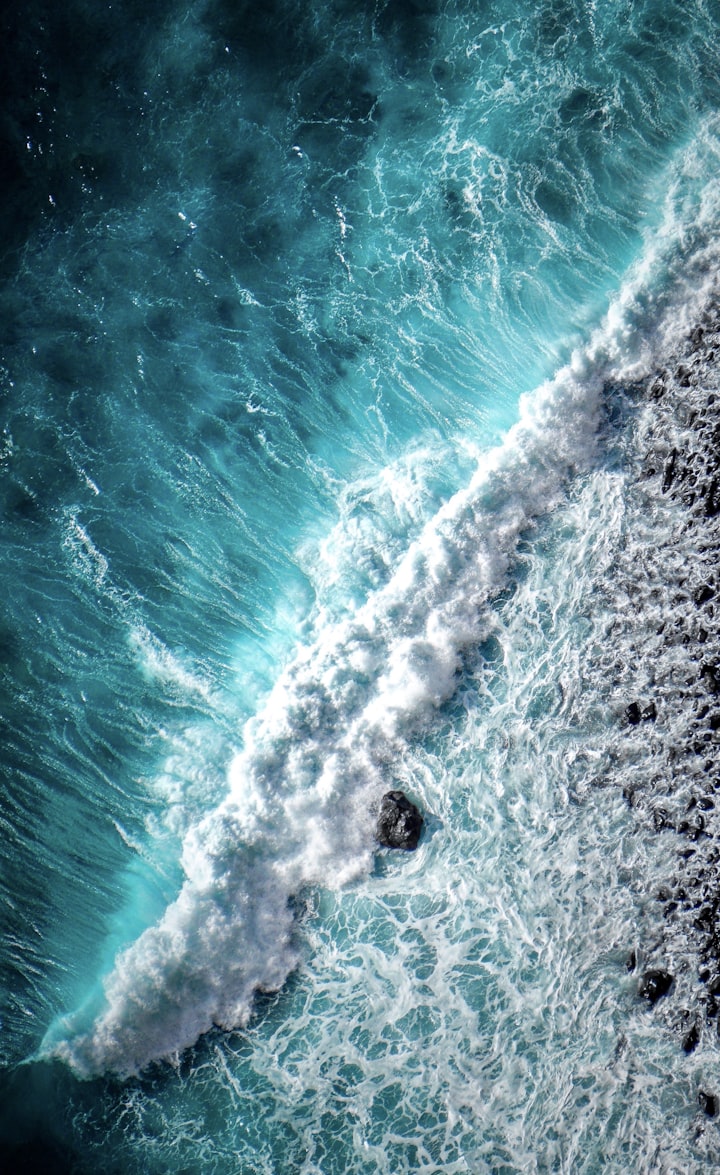Unveiling the Secrets of the Ocean: Connecting, Mixing, and Marveling at its Wonders
Mysteries of the Oceans

If you have come across videos or glimpses of ships sailing through a peculiar line of water, you may have noticed that one side appears dark blue and clear, while the other side has a greenish, salty appearance. Some people have claimed that these videos capture the boundaries between oceans, suggesting that the water defies its own laws by not mixing properly. However, this is not entirely accurate.
Our planet is predominantly covered by water, with over 70% of its surface being water. Among the largest bodies of water are the Pacific and Atlantic Oceans. Although these oceans have separate names, they are constantly in motion, mixing and interacting with each other. Regardless of the borders we draw on maps, the oceans are interconnected and always engaged in a dynamic dance, with water currents cha-cha-ing between the Pacific and Atlantic.
It's important to clarify that the videos in question do not show the collision point of the Pacific and Atlantic Oceans. Rather, they capture the meeting of fresh water filled with sediment and dark, salty ocean water. It is likely that these videos were taken in the Gulf of Alaska.
Now, let's delve into the fascinating array of blue shades in the ocean. Contrary to popular belief, the water covering our planet is not inherently blue; it is actually transparent. The perception of blue color arises when the water is deep enough that light is not reflected off the bottom. As sunlight enters the ocean, its wavelengths scatter, with shorter wavelengths scattering more and giving the ocean its blue appearance. Longer wavelengths, on the other hand, are absorbed closer to the surface. The ocean's color can also be influenced by factors such as the sea floor composition, as seen in the turquoise shades of certain areas with white sand or rocks.
The color of the ocean serves as an indicator of its health. It often contains suspended particles, contaminants, and a diverse range of organisms. Oceanographers study the color of the ocean, akin to a doctor examining a patient's vital signs, in order to assess its well-being. For instance, the presence of phytoplankton, tiny plants that utilize chlorophyll for photosynthesis, contributes to the green tint observed in certain parts of the ocean.
If we venture to Easter Island in the Southeast Pacific Ocean, we would encounter some of the deepest and clearest blue waters on Earth. Situated in the middle of an expansive oceanic realm, the water off the shore of Easter Island is remarkably transparent. The layers of water barely mix, and nutrients from the deep bottom are not forced up, resulting in a captivating indigo hue that is a sight to behold.
Interestingly, there are underwater rivers that exist beneath the ocean's surface. One such phenomenon was discovered near the shores of Australia. These underwater rivers consist of dense water sheets that flow alongside the ocean floor at a leisurely pace. While they may only move about half a mile per day, they can be as thick as 65 feet and extend for over 60 miles. Similar underwater rivers have been found in different parts of the world, including the Black Sea, the coast of Portugal, and Mexico.
While there is still much to explore and comprehend about our oceans, scientists are actively involved in unraveling their mysteries. As of 2021, only approximately 20% of the sea floor has been mapped using advanced sonar systems mounted on ships. Considering the vastness of the ocean floor, which surpasses the combined area of all 50 US states, there is still a long journey ahead. Additionally, scientists estimate that there could be up to a million different species in the ocean, the majority of which are yet to be discovered.





Comments
There are no comments for this story
Be the first to respond and start the conversation.